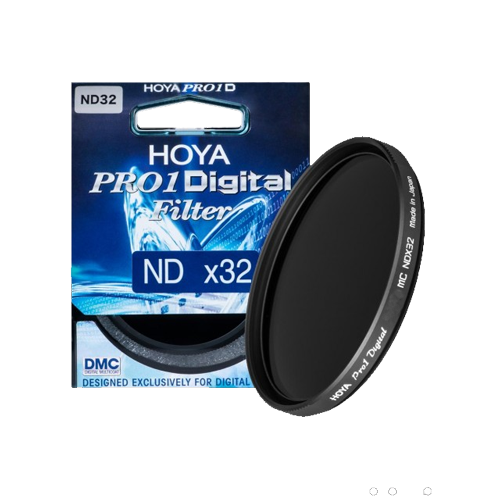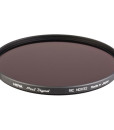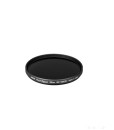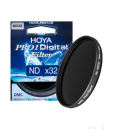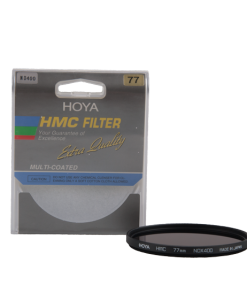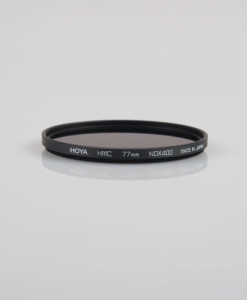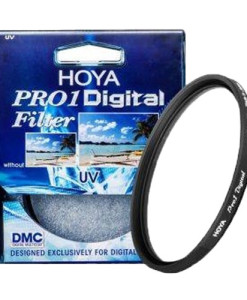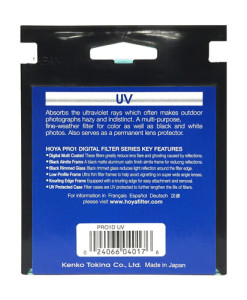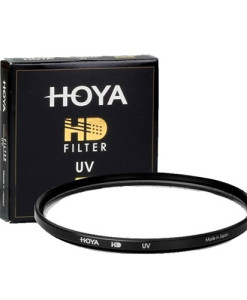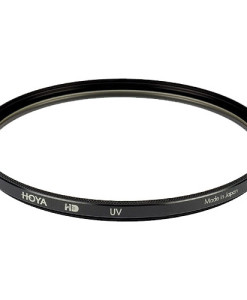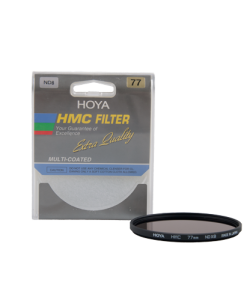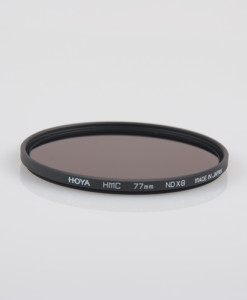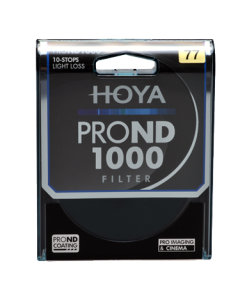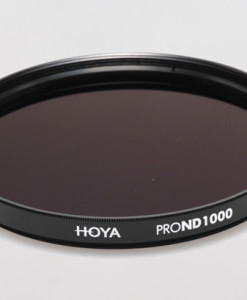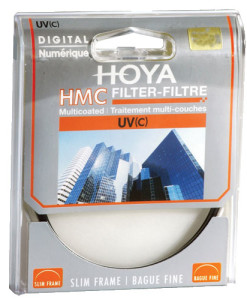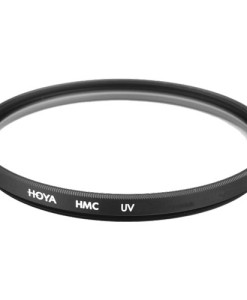Shop/Filters/Neutral Density
Hoya Pro1 Digital ND32 Neutral Density Filter 67mm (5 Stops)
₱1,990.00
Product Highlights
Digital Multi-Coated/Both Sides of Glass
Minimizes Flare/Ghosting On Sensors
Ultra Thin for Use With Wide Lenses
Knurled Frame for Easy Handling
Permits Use of Wider Apertures
Black Aluminum Filter Ring
Hoya Optical Glass
Use to Create Blurs/Special Effects
Use With Film or Digital Cameras
UV Protected Storage Case
The Pro 1 Digital Neutral Density 32x Filter from Hoya is an ultra thin filter that permits you to shoot and create images that would not ordinarily be possible to capture. This filter effectively reduces your ISO by 1/32 (5 stops). This means a shot normally taken at 1/500 @ f/11 can be shot at 1/15th second at the same aperture. Designed with the outdoor shooter in mind, this filter helps reduce the amount of light entering the lens. This translates into the use of wider apertures and, thereby, permits the photographer to have more control over his depth of field. This is especially useful when shooting outdoor portraits when you wish to establish more of a separation between subject and background. The result will be a sharp, clear subject with a soft background. The ultimate value of this filter is its ability to allow you to use high speed ISOs under bright light conditions.
This effect can be used to create even more exciting images such as the “whooshing” effect of a mountain stream or the chaos of city traffic where one car appears to blend into the other. The operative effect is to enhance movement within the shot.
In order to provide the photo industry with a better made filter, Hoya created their multi-coated line of filters. These filters have a minimum of 3-layer coating system (front and back) that minimizes reflections off the filter’s glass with the average being about 1-2%. In other words, Hoya states that approximately 98-99% of the light striking the filter will pass through the glass, and depending on the type of filter, into the camera lens and onto the film or digital sensor. During the manufacturing process these layers of anti-reflective coating are bonded to the surface of the glass in a furnace at a temperature of up to 800°F.
The almite filter ring is special manufactured to withstand the effects of corrosion. Hoya prefers to use aluminum filter rings since they believe that aluminum will “give” a bit if your lens accidentally bangs into another object and not, as with brass rings, remain completely rigid and transfer the brunt of the impact to the optic itself. The ring itself is knurled to make it easier to install and remove the filter from your lens – a clever innovation. As an added benefit, the plastic storage case that the filter is packed in has been UV protected. This will help extend the life of the filter.
Hoya optical glass has been around since 1941 and is world recognized for its superiority in the fields of not only photography but advanced optics such as electro-optics, photonics, vision care, health care and crystal products.
- Digital Multi-Coated
- Digital multi-coating greatly reduces the appearance of lens flare and ghosting caused by reflections
- Black Almite Frame
- Filter features a black matte aluminum satin finish almite frame which reduces reflections. The almite frame is manufactured to minimize any corrosion
- Black Rimmed Glass
- This filter is equipped with black rimmed glass to reduce the chance of light reflecting off the edge
- Low Profile Frame
- Ultra thin filter frame to help avoid vignetting on super wide angle lenses are also designed to hold a lens cap
- Knurling Edge Frame
- This filter is equipped with a straight knurling edge for non-slip, easy attachment and removal
- UV Protected Case
- Filter case is UV protected to further lengthen the life of the filter
Neutral Density Filters Have Four Main Uses
- To enable slow shutter speeds to be used, especially with high speed ISOs, to record movement in subjects such as waterfalls, clouds, or cars
- To decrease depth of field by allowing wider apertures to be used, which helps separate subjects from their background
- To decrease the effective ISO of high speed ISOs (above ISO 400) and allow it to be used outdoors in bright situation
- To allow cine and video cameras (which have fixed shutter speeds) to film subjects such as snow, sand or other bright scenes which could cause overexposure

